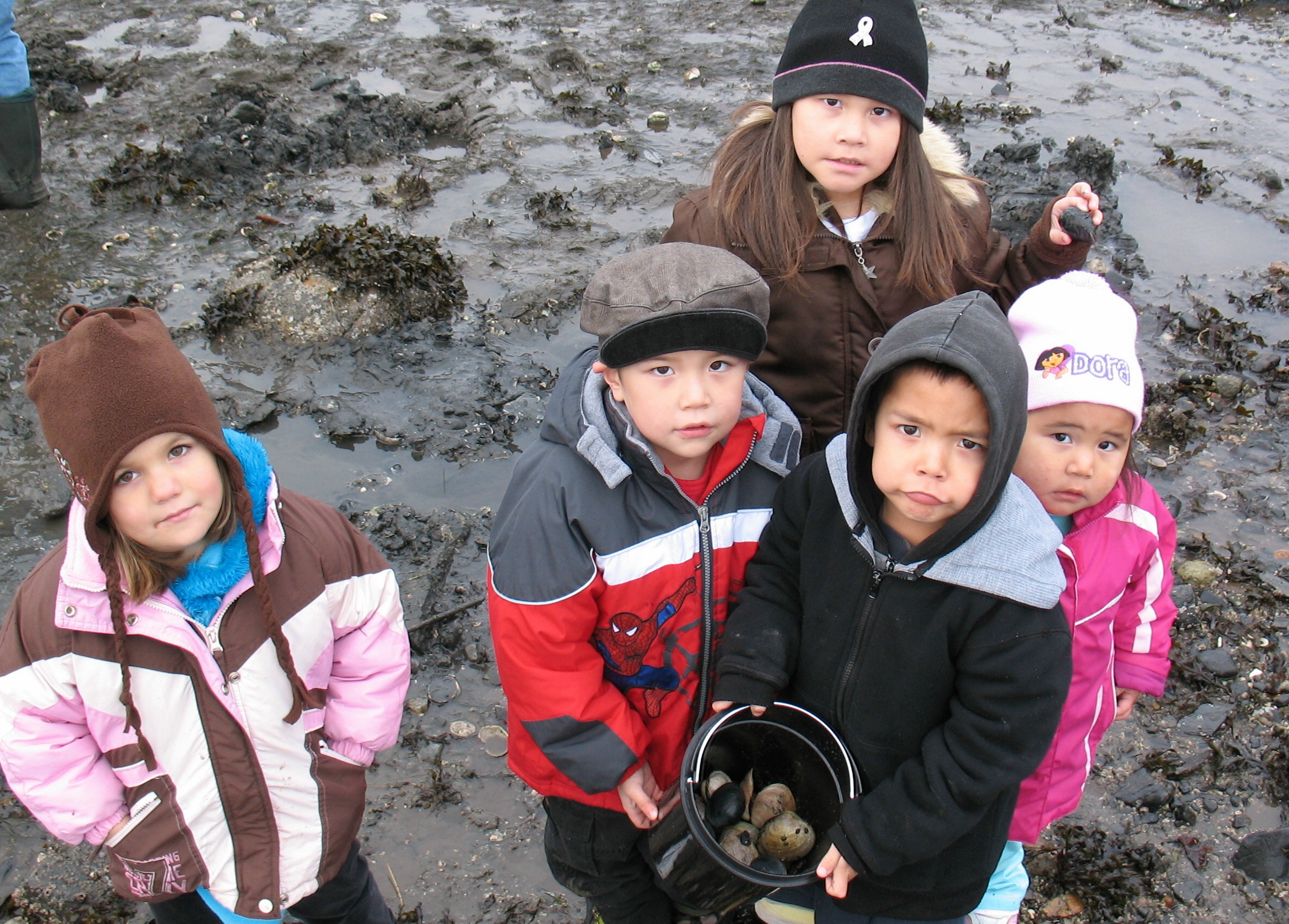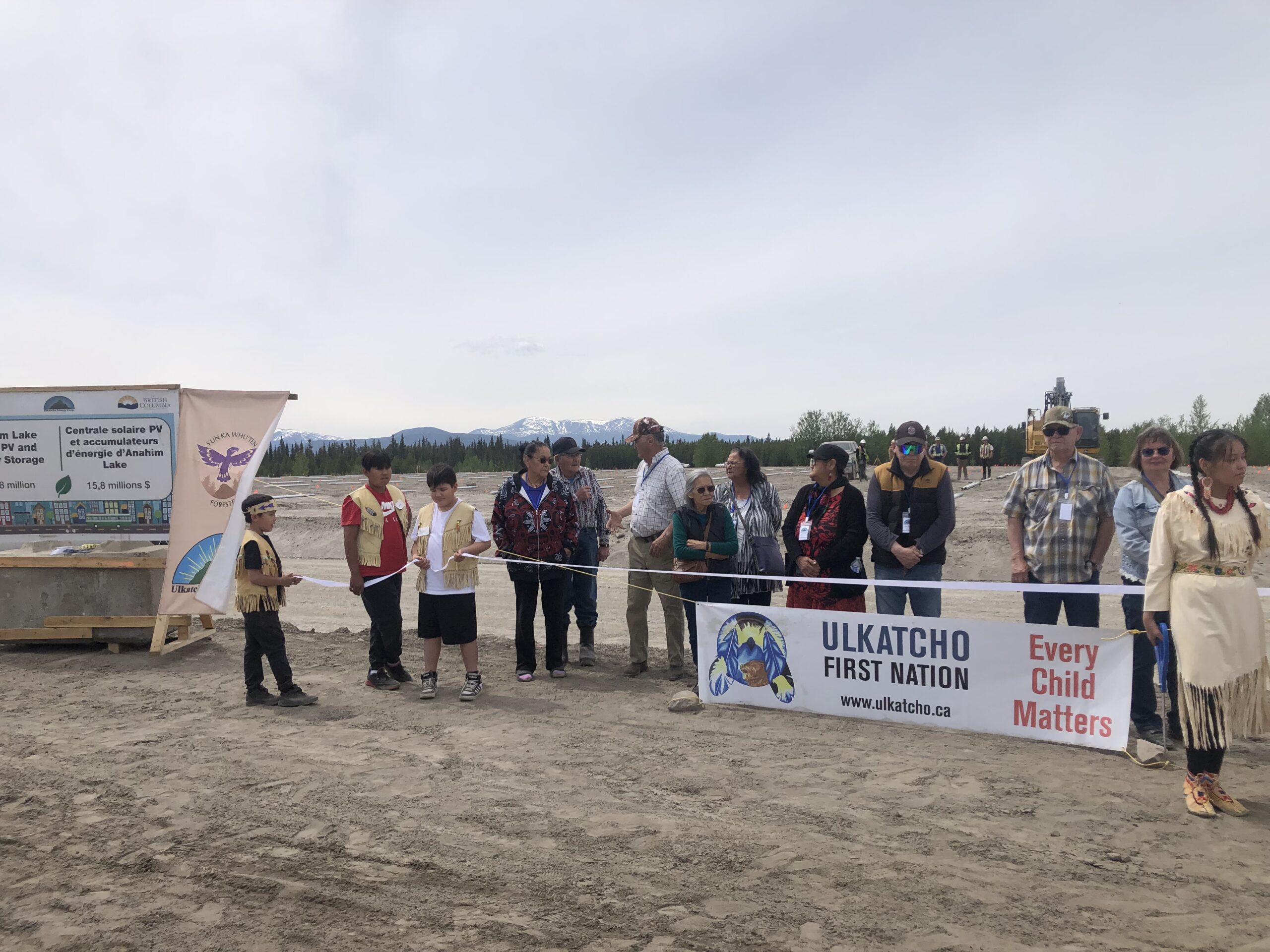Working with a range of partners, the Metlakatla Nation is undertaking a clam survey to better understand how the important coastal species is faring. The well-being of clams along the coast is an issue of top concern throughout the Nation, which has operated a clam food fishery for the last decade.
“The project is just getting started, but people are pretty excited,” said William Benyon, Metlakatla Aquatic Resources Manager. “People are getting involved with the management of the resource.” Metlakatla’s Aquatic Resources Department helped design the clam project and is making sure equipment and additional support is available, while Coastal Guardian Watchman and Simon Fraser University have provided further help and resources.
Penny White, a Senior Aquatic Resources Biologist with the Metlakatla Stewardship Society, says their team is working this year to gain a better understanding of current stocks, how they’re growing and how they age through the years, as well as any new introduced species or effects from environmental changes. “The research will form a baseline of information to help planners move forward on rehabilitation,” she adds.
The team has opened beaches that have been closed for many years due to contamination from Prince Rupert harbour. Since the city doesn’t have a sewage treatment facility, water quality has been a problem, while the area’s growing population and larger development projects have posed increased threats to the surrounding environment. Butter clams, which live within intertidal zones on the beach, are especially impacted by contamination issues, because the large bivalves are filter-feeders that get their food and nutrients from plankton in the water columns.
White says that some of the beaches surveyed in the sanitation areas are clam gardens, which require the most rehabilitation. Clam gardens need to be harvested regularly to maintain productive future harvests and the gardens haven’t been harvested in a long time. By restoring the beaches in these areas, she explains, they will help restore how these crucial intertidal zones function overall, which will help the clams thrive.
It’s a long but essential process that requires surveying beaches, collecting relevant information and consulting the community to keep people updated on the project. But ultimately, it’s an investment in the future of an iconic species, which is near and dear to the entire community.


